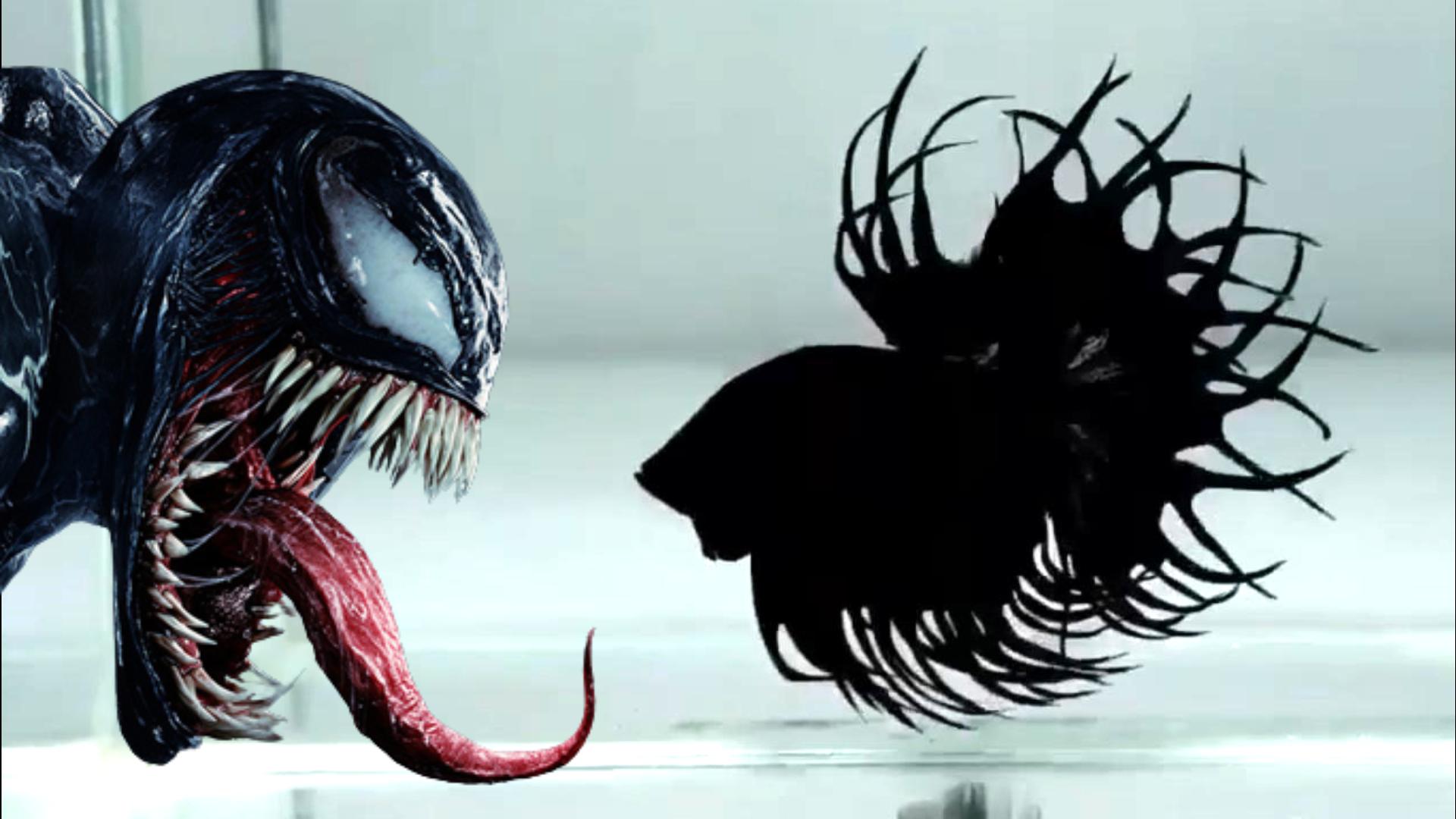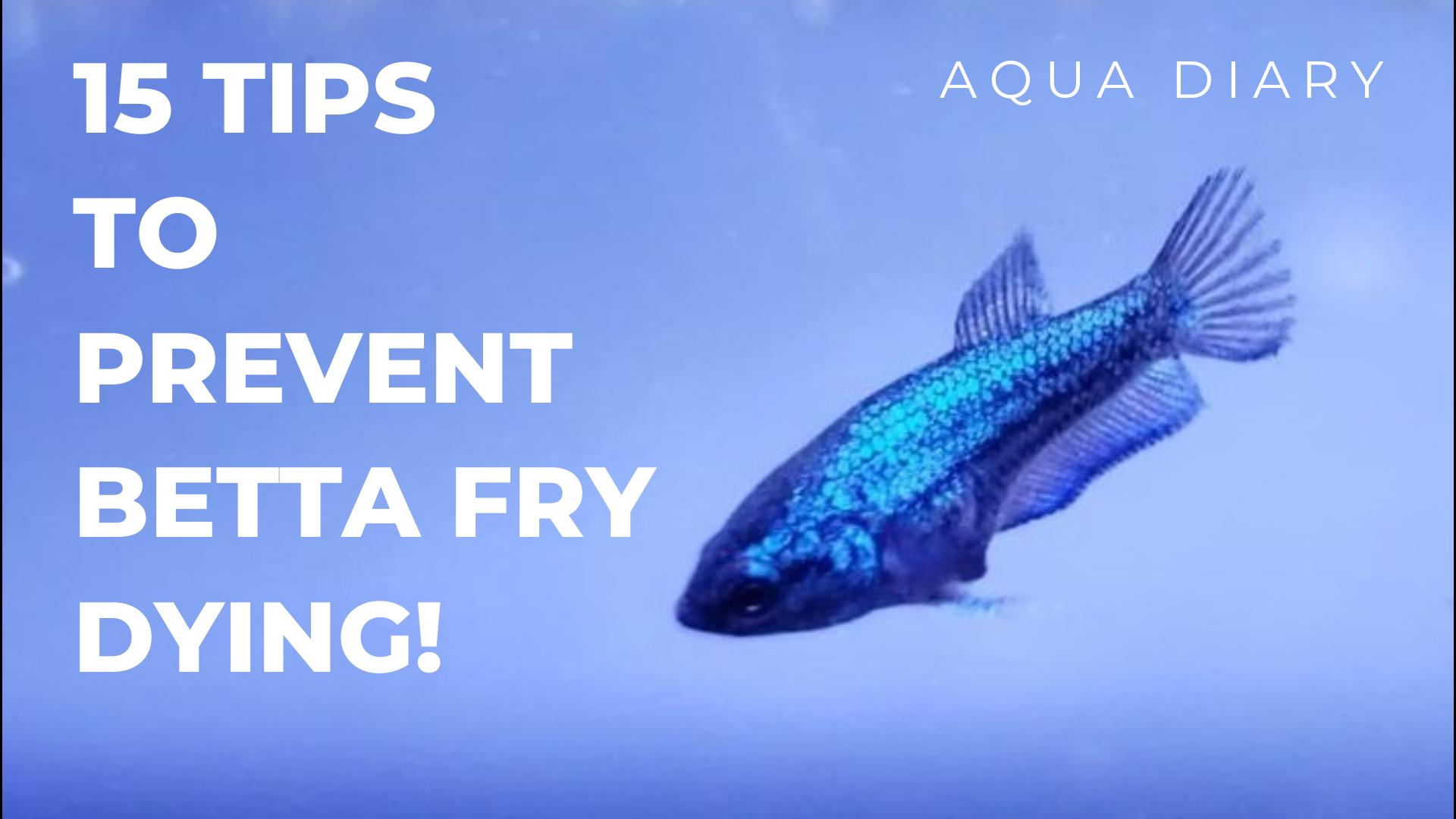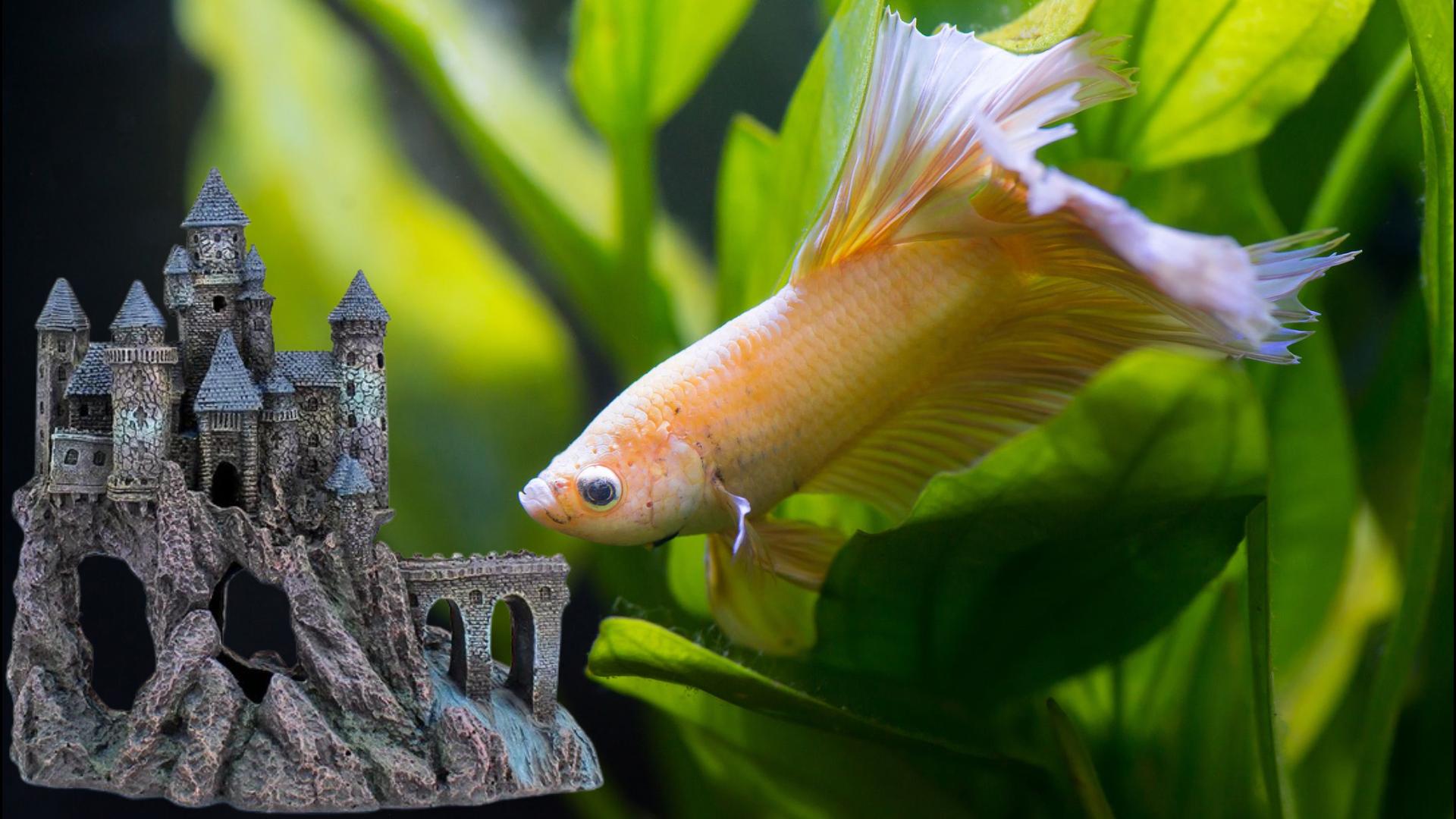Are you a Betta fish lover looking for rare and exotic fish to add to your collection? Then you’ve come to the right place! In today’s blog, we’ll be discussing the rarest and most unique Betta fish breed types. So, without further ado, let’s dive right in!
Betta fish, also known as Siamese fighting fish, are known for their vibrant colors, elaborate fins, and aggressive behavior. They come in a wide range of colors, patterns, and tail types. Today, we’ll explore the rarest and most unique Betta fish that you can add to your collection.
All the Betta varieties mentioned in this blog are based on my personal knowledge and the country I live in. The rarity and uniqueness of these varieties may vary for you. If you have a different opinion on any of the points in this blog, please feel free to add your comment.
#1. Orange Dalmatian.
The Orange Dalmatian Betta, resembling Dalmatian dogs with pale orange bodies and dark orange-flecked fins, is rare due to breeding challenges. Enthusiasts require patience, often crossing Red Dragons with solid orange Bettas across generations.
In some countries, they’re known as Armageddon or Vanda Bettas. These fish reach their peak beauty at 6-8 months or 1 year but face fin loss and illness risks for breeders.
#2. Green Betta Fish.
Green Betta fish do not exist in their true form. However, there are betta fish that appear to be green, but they are actually turquoise in color.
Turquoise Betta fish are highly sought after by enthusiasts due to their unique and beautiful coloring. Their scales have a metallic sheen that can range from blue-green to blue-violet, making them a stunning addition to any aquarium. Turquoise betta fish are not easy to find, and they are considered a rare coloration.

#3. Albino betta fish.
Albino betta fish are considered so rare that some betta keepers do not believe they exist. The defining characteristic of these fish is their lack of pigmentation, which makes them appear translucent with either pink or red eyes.
Albino betta fish have no color on their bodies, fins, or tails, making them stand out from other types of betta fish. A white betta fish has an opaque white body, which is often mistaken for an albino betta fish. The white opal betta fish is not the albino betta fish.

Animals with albinism are more expensive to trade. The world’s most expensive ball python was an albino and sold for a whopping $40,000! An albino betta fish should not cost you that much.
However, keep in mind that due to their rarity and the fact that they cannot be bred, they will likely be at a much higher price. Also, albino betta fish come with a high risk of health problems and a shorter lifespan. They are commonly known for skin cancer and blindness, making it unlikely for them to reach adulthood.
#4. Gold betta fish.
One of the rarest and most impressive varieties of gold betta fish is the 24K Gold Betta. These fish have a beautiful metallic gold body that glimmers in the light, and their fins are also a stunning gold color. As they grow and mature, their coloration may change slightly, but they will always retain their eye-catching golden hue. Keeping a 24K Gold Betta in your freshwater aquarium is sure to add a touch of elegance to your setup.

Often people think that gold betta fish are just yellow betta fish with different camera lights. In reality, the genetics of gold betta fish can be complex and may involve various color genes, including yellow.
#5. Fantail betta.
The fantail betta, highly coveted, boasts two side-by-side, fused caudal fins resembling a fantail goldfish. Their wide, round fins showcase diverse colors and patterns, demanding skill and patience for breeding. With prices up to $5,000 at auction, these rarities captivate collectors and enthusiasts. In two decades of breeding, I’ve yet to encounter a fantail betta, a potential fortune unfulfilled.
#6. Fluorescent betta fish (Glofish Betta).
.jpg)
Fluorescent betta fish, known as Glofish betta, result from genetic modification using Green Fluorescent Protein from jellyfish. Initially created in zebrafish, this technology expanded to yield red, yellow, and orange variants. Some countries, Thailand included, refrain from importing/exporting Glo betta fish due to potential environmental impact, prioritizing ecosystem preservation and betta fish beauty. Regrettably, Glo bettas often possess weak immunity and a short lifespan, frequently falling ill and succumbing within 6-12 months of ownership, as reported by many pet keepers.
#7. King Crowntail Betta.
The King Crowntail Betta is considered the rarest type of Crowntail Betta fish. One of the key differences between the King Crowntail and other Crowntail Betta species is the shape of its caudal fin, which has a cross-ray pattern that forms a crown-like shape.
This is in contrast to other Crowntail Betta species whose caudal fins are typically more straight in shape. Due to its unique and striking appearance, the King Crowntail Betta is highly prized among hobbyists. However, its rarity also means that it may be more difficult to find and may be more expensive than other types of Crowntail Betta fish.

#8. Giant Betta Fish.
The Giant Betta Fish is a selectively bred strain of Betta fish that is larger in size than the average Betta fish. Unlike regular Betta fish, which typically grow to be around 2-3 inches in length, the Giant Betta can grow up to 4-5 inches in length, and in some cases even bigger.
It is recommended to keep Giant Betta fish in an aquarium that is at least 10 gallons in size, with plenty of hiding and swimming space. Another difference is that Giant Betta fish tend to have a more docile and peaceful temperament compared to normal Betta fish.
While Betta fish are known for their territorial behavior and aggression towards other males, Giant Betta fish are generally more tolerant. They can be kept with other peaceful fish species.

#9. Butterfly Crowntail.

The Butterfly Crowntail Betta has a similar appearance to other Crowntail Betta fish, with the distinctive spiky appearance of its fins. However, the key difference lies in the pattern on its fins. The butterfly pattern is achieved through selective breeding and is characterized by a solid color base with striking contrasting colors on the edges of the fins. Although butterfly tail patterns are relatively common on Halfmoon betta fish, they are considerably rare on Crowntails and look more appealing. As you can see from this blog, this Betta variety has a distinctive pattern on its fins, showing at least two colors on the spikey caudal fins.
#10. Alien Betta Fish.
Alien Betta Fish, a captivating hybrid, blends wild species with domestic Betta, fascinating aquarium enthusiasts with their ever-changing luminous colors. While often referred to as wild bettas, they’re not found in the wild. Quality is gauged by color vibrancy, fin symmetry, and overall health.
Alien betta fish are particularly popular in blue or gray colors. These fish often have a black or dark brown body with a metallic sheen and a unique pattern. In addition, full-green Alien betta fish with metallic scales are also quite common.
Copper Alien Betta fish have a coppery pattern as well. More indepth detail on alien breed is discussed in later section this post.
#11. Betta Macrostoma.
Betta macrostoma, also known as Brunei Beauty, is a popular betta species prized for its large size and bright colors. It is often considered the “holy grail” of betta fish. One of the distinguishing features of this fish is its big mouth, as “macro” in Latin means “big” and “stoma” means “mouth.”
Betta macrostoma can be kept in pairs without any issues. Once a pair is established, they will live together peacefully. If you’re lucky, they may even breed spontaneously without any additional effort. Because their natural environment typically lacks plants and has fast-flowing water in small streams and pools, they do not build bubble nests.
Instead, mouthbrooding betta fish have developed a way to hatch their eggs in their mouths and protect their fry.

#12. Rosetail Betta fish.
The Rosetail Betta is characterized by an increase in the number of branches in the dorsal, caudal, and anal fins. This gives them a ruffled or feathery appearance, and when the fins are spread open, the dorsal and caudal fins overlap, resembling the petals of a rose.
Breeding Rosetail betta fish into a line will result in a higher percentage of Rosetails in the following generation. Therefore, caution should be used when selecting a Rosetail for breeding. In addition to the D-shaped caudal fin and extreme branching, the ideal Rosetail betta should have a good overall balance in the finnage and should appear proportionate.
The scales should be symmetrical, and the fish should be able to swim well.

Rosetail betta fish have negative traits that often hinder their ability to swim well. Their dorsal and ventral fins are often undersized and out of balance and their grow-out rate is slow.
#13. Betta Pallifina.
Betta pallifina, among the largest wild bettas at 4 inches, boasts captivating blue-green hues, snake-like scales on its cheeks. It’s a mouth-brooder, recognized by its large mouth for egg hatching and predation. For Betta pallifina, spacious tanks for pairs or groups suit best due to their territorial and aggressive tendencies.
#14. Galaxy Betta fish (new strain).
The Galaxy Betta fish is a popular variant of the Betta splendens, known for its unique appearance resembling a galaxy of stars. The breeders named it so because of the scattered iridescent scales of the betta fish that look like a galaxy of stars in the night sky.
The Red, Black, Blue Galaxy Gold Plakat is a unique strain of Galaxy Betta that has a red base with a gold koi spot. Males of this species are known to be territorial and aggressive towards each other, so they must be kept alone, but females can be kept in groups.

The Galaxy Betta has become very popular on the market due to its unique and gorgeous appearance. Although there are variations in their dragon-like or metallic scaling, the flashy star-like pattern on their body is a defining trait.
#15. Avatar Halfmoon.
The origin of the Avatar Betta’s name has been a source of amusement. Customers coined it, likening its color to the movie Avatar, giving rise to “Blue Black Avatar” and “Dark Blue Avatar.”
Avatar bettas are cherished for their unique appearance, particularly the Halfmoon strains. Recently, a rare Halfmoon Avatar Betta fetched over $700 at a Thai auction, a remarkable price in Asian countries.
#16. Candy Koi Betta
Koi betta fish that exhibit candy-like colors are commonly referred to as Candy Koi betta fish. These types of betta fish can be found in various colors including black, red, blue, and yellow, which makes them look like candy treats.
Because they resemble sorbets and ice cream, some people refer to them as ice cream Betta fish. There are three base layer colors of red, orange, and yellow that make Candy Koi betta fish unique. Black is an optional color that may or may not be present.

In order to be considered a true Candy Koi Betta, the fish’s coloration must contain at least five colors. This ensures that the fish has a strong base layer and intricate patterns or lacing, which are the defining characteristics of the Candy Koi Betta.
#17. Rare solid colors.
Solid-colored betta fish in shades of orange, yellow, and white are relatively rare, particularly the Halfmoon variety. The genetics of these betta fish can result in a range of hues, from light to dark tones of each solid color.

If you enjoyed this blog and would like to see more exciting content about Betta fish, please consider subscribing to our channel and hitting the like button. This will help us create more quality content for you to enjoy.
Hopefully, you’ll find one of these amazing Betta fish in your local pet store or online retailer to make them swim in your personal tank. Thank you for checking.
Iron Man Betta Fish
This is the Red and golden color mixed Galaxy plakat breed which is very popular these days in the Betta Fish World. Betta lovers call it the Ironman Betta fish. Ironman Plakat Betta is defined by its tail and body colors. Of course, their tail isn’t exactly half-moon-shaped, but pretty close.
First of all, thank you for visiting my channel. We post interesting aquarium fish blogs every week.
Ironman Plakat Betta fish are very high-grade coloration fish of the plakat variety. As a result of their genetics, they display a minimum of three colors on their body and fins.
As you might have guessed by now, Ironman betta fish must have red and gold on their body and tails to resemble our favorite Ironman character.
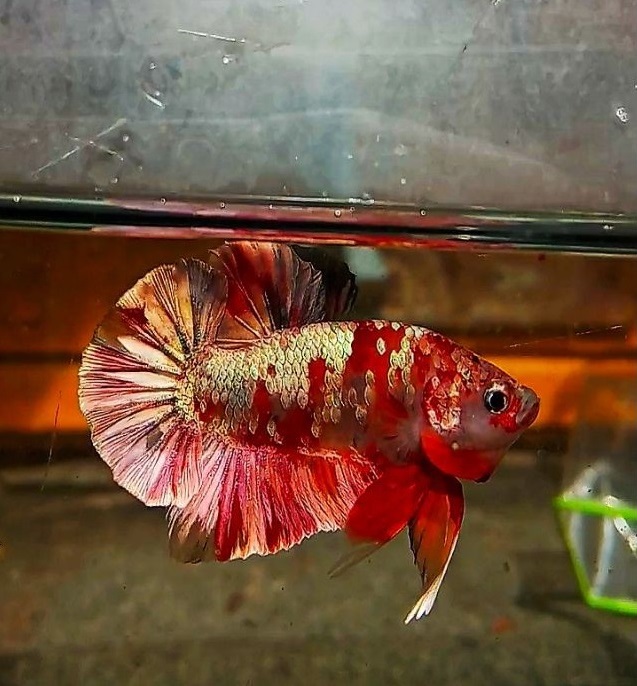
In this Betta fish variety, red and gold are the predominant colors. This makes it even more exciting for betta lovers to compare them to the Hollywood character Ironman.
A more exciting aspect of this betta variety is its incredibly colorful and eye-catching dominant red coloration.
Ironman betta fish are members of the Galaxy Koi Plakat betta family. Galaxy Koi Betta has beautiful colors and patterns. There is a predominantly blue or red base in male varieties.
As compared to the standard Plakat Betta, the Galaxy Koi Betta has a larger body, fins, and tails. Ironman Betta fish are rare and vibrant, with rich colors, which creates a demand in the market for betta fish from aquarium keepers. Ironman Betta fish is currently a favorite category of ornamental fish not only in Indonesia but in Thailand as well.
The breeds from different countries still have similarities since many exporters and importers work together to farm these fish. These fish are very beautiful and unique.
If you have Ironman Galaxy Koi betta fish, then they need to have the right tank mates if you want them to be happy and healthy. This is something that you will need to look at to ensure that everything is compatible.
If you want to add a tank mate, they should be dull-colored, short-finned, peaceful, and tropical fish. Never place two Betta fish in one tank since they are aggressive toward one another. They also show aggression towards specific tankmates. However, a non-aggressive male can be a tankmate for other community tank fish.
What’s your favorite Betta fish? Let us know in the comments.
Hellboy Plakat Betta Fish
Hellboy Plakat Bettas are very high-grade coloration fish of the plakat variety. Their genetics make them display a minimum of three colors on their body and fins. Red is a defining and typical dominant color in this betta fish variety, which makes it even more exciting and betta lovers often compare with Hollywood movie character Hellboy.
A more thrilling aspect of this betta variety is its incredibly colorful and eye-catching dominant red coloration.

Hellboy betta fishes are part of the group of the Galaxy koi plakat bettas. In general, The Galaxy Koi Betta is a bread with specific colors and patterns. Male varieties display a base dominated by blues or reds. They will have less clear colors, though spots of iridescent scales are noticeable.
The Galaxy Koi Betta has litter bigger fins and tails than the normal Plakat betta. Hellboy bettas are rare and vibrant with a wide combination of rich colors which creates demand in betta fish buyers. These special fishes are tank-bred but native to Thailand. Hellboy Bettas are highly selectively bred and extremely high-quality well-bred tropical fish.
The fancy Hellboy betta fish
The fancy Hellboy betta fish is currently a favorite category of ornamental fish not only in Indonesia but in Thailand as well. They have similarities since many exporters and importers work together to farm these fish. These fish are very beautiful and unique. Because of their contrast between red and white that makes it very eye-catching.
Avatar Betta Fish
A significant development has emerged in the betta fish industry: the Dark Blue Avatar, known as the Black Star Galaxy HMPK Betta. This unique betta, with its striking colors, captivates enthusiasts. The Avatar Betta is essentially the Black Star Galaxy HMPK Betta, also referred to as Black Blue Star Galaxy, Black Star Galaxy, Black Avatar Stars, and Nebular Black Stars Betta.
These fish of such coloration are scarce for half-moon or plakat varieties, resulting in high prices due to the current strong demand. Professor Somkiat Intamu, a breeder in Thailand, is the mastermind behind the Avatar betta’s color.
His inspiration came from a documentary featuring images of stars in shades of blue, green, and black cut from a nebula. After years of dedication, he achieved this feat, although he wasn’t the one who christened the fish.
Betta lovers have nicknamed this color fish “Avatar betta” because many have compared this fish with the movie Avatar, thus producing the names “Blue Black Avatar” or “Dark Blue Avatar”.
Fighting fish of this color are very rare for Half-moon or placket. Due to the difficulty of breeding and the high demand for betta lovers, these fish are very expensive. Because there are still very few of this new hammer color for the koi Plakat fish in the world, it is considered a very rare breed. Comment below if you have any questions or suggestions. See you on the next topic.
Alien Betta Fish
One look at an Alien Betta and you know you’re seeing something extraordinary! Their black and metallic colored scales are very eye-catching, and the alternating pattern definitely looks cool too. But what are they, really? Let’s get into more detail.
Alien bettas are one of the newest hybrid varieties of betta fish. These fish are a combination of wild species and domestic Betta.
Now they are becoming a favorite for many betta lovers. Check out this blog for awesome looking Wild Alien Betta, if you like to feel them how they look in real.
Why is it called an Alien Betta!?
Likewise, there is no clear reason why these fishes are called aliens; I guess it’s their resemblance to blue and metallic aliens we see in Hollywood movies.
These fishes have a black and blue dragon scale appearance that shines beautifully under bright lights and looks amazing. Interestingly, this betta looks similar to the body type of a wild betta that is retained from their genetics.
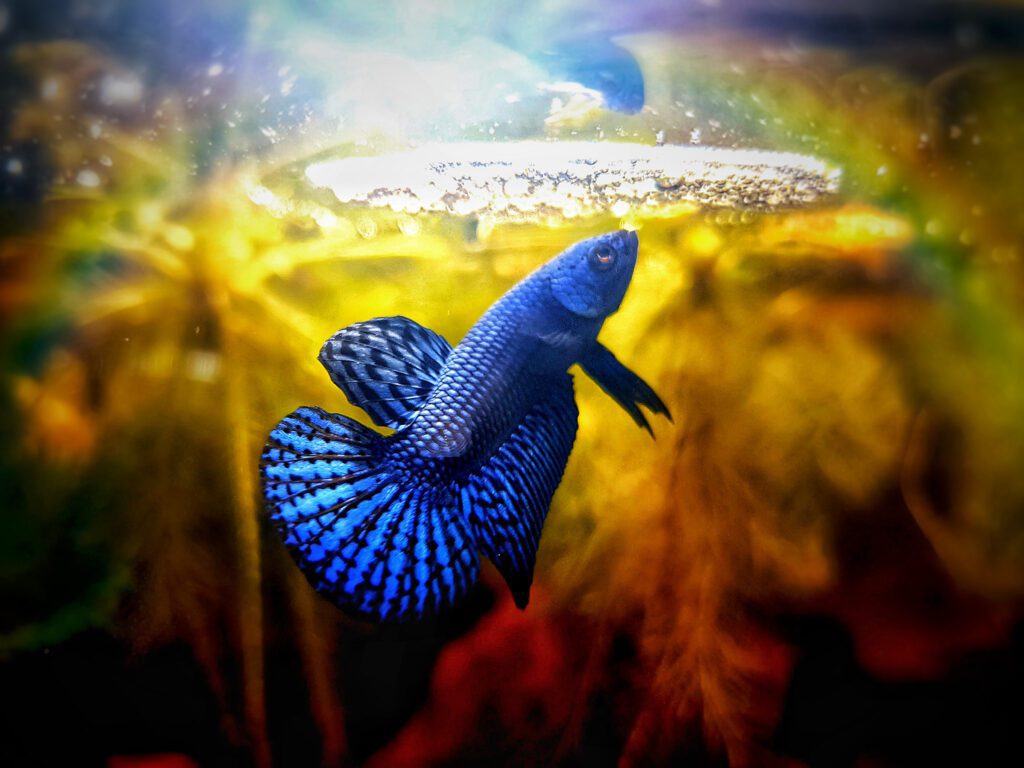
How do I identify an Alien Betta?
Alien bettas are typically blue or grey and are very shiny in appearance, but resemble the similar build of a wild betta. Alien bettas have different undertones that cause their skin to develop luminous colors that seem to change when seen from different angles.
Often, you’ll see the Alien Bettas called Wild bettas. but this is a slight trick on the part of the dealers. These fish do have genes from wild Betta species. But they remain captive-bred hybrids; Alien Bettas aren’t found in the wild. Alien Betta fish can grow anywhere from 2 to 3 inches in length, and if cared for properly, they can live in captivity for up to 4 years.
Possible Colors and Types of Alien Betta.
There are a few different types of Alien Betta fish, but they are all equally beautiful. Even though they come in a variety of colors, the pattern and vibrancy remain the same. Alien Betta Fish are usually categorized by their color and pattern.
Blue or grey alien bettas are very popular among buyers. Blue-scale alien bettas are sold for a higher price due to their stunning appearance.

Alien Betta fish often have a black or dark brown body with a metallic sheen. It has a stunning shiny, glowing pattern. Full green with metallic scales is a common type across many breeders. These Green Alien Betta Fish have a vibrant color which is very beautiful.
The Copper Alien Betta Fish have a coppery patterned sheen, The Same applies to blue and black Alien bettas. Females are usually less colorful and have more grey than males. The body is slender with a sturdy build.
These strikingly beautiful fish are not found in the wild and have instead been selectively bred for their colorations. This makes them a pricey fish to obtain, but there are several breeders online that you can purchase them from. feeding, tank requirements, and behavior are all similar to common betta care. Keep a lookout for our betta tank setup blog for more in-depth tips & tricks about betta care.
Alien Betta Genetics
Alien Bettas are a hybrid of different types of wild bettas. Traits of “Alien” include a full facial mask, spread iridescence that covers the fins and the body as well as webbing on the caudal fins. Blue is the result of having a Betta fish with a Homo-zye-giss metallic gene over a Heterozygous iridescent gene.
Homozygous is the pairing of uh-leelz that are identical, whereas heterozygous means that the uh-leelz pairs are not identical. This is useful information to know when breeding your Alien Betta Fish as it will determine the coloration of your Betta fry. Like the color grey, the colors of the Alien Betta Fish do not change color depending on the angle of light. An important thing to note, because some are heterozygous, they do not breed true.
Thus the breeder will have a stock of turquoise, steel blue, and Royal blue Non-metallic offspring when breeding their Alien Bettas. When it comes to breeding your Betta fish to get Alien Betta fish coloration, it can be rather difficult.
Breeding Alien Bettas
In general, Alien betta fish have low fertility, and breeding alien betta is not an easy job. Alien Betta fish breed in a similar way as other species of Betta fish. Like others, they are bubble nesters. The male builds the bubble nest and allows the female to release her eggs.
After the eggs are released, the male picks them up and places them in the nest. He will then care for the eggs until they hatch. Keep in mind that the success rate is a lot lower for spawning and keeping those fry alive.
The breeding process can still be as aggressive as that of Betta splendens and only experts should attempt to produce the alien cross to avoid unhealthy fries.
Are Alien Bettas Aggressive?
Many hobbyists have found that their alien bettas are more relaxed and peaceful than their domesticated counterparts. However, they come from similar habitats and should be treated the same as domesticated bettas in regards to their behavior; it’s better to be overly cautious when dealing with bettas. Alien Betta males can be very aggressive towards each other but can tolerate most freshwater community fish of the same size or smaller.
Alien Betta fish are compatible with various aquarium levels but tend to ignore bottom-dwelling species. When creating a community tank, observe your fish to ensure harmony. Experts suggest keeping male Bettas alone or in a sorority of multiple females with ample space. If you acquire an Alien Betta, ensure you have a suitably sized, fully cycled tank with no other tankmates.
We hope you enjoyed today’s blog on Alien bettas. We post weekly aquarium blogs. Feel free to leave comments below for any questions about Alien betta fish or Siamese fighting fish breeding experiences.
Alien Betta Fish.
Hulk Betta Fish: Real or Fake?

The most incredible, mesmerizing toxic-green betta fish you could ever imagine took the internet by storm in 2021. It was a color we had never seen in betta fish before, and it captured the hearts of millions. At the same time, it raised doubts about the blog’s legitimacy over the internet. Was it too good to be true?
Real or Fake?
Someone created a picsArt blog, posting it on Facebook. This blog then spread to TikTok and Instagram, going viral. Frankly, pictures can be faked, but blogs demand more skill. In an unexpected turn, a random Asian betta seller sent me the original blog and attempted to sell the fish.
However, he later claimed that he had already sold the betta, raising suspicions.
The Truth About Hulk Betta Fish
I spent some time revealing the truth about the Hulk Betta fish. As we can clearly see here, someone digitally manipulated this specific frame. They artificially boosted the vibrant green hue to create the illusion of an extraordinary fish.
Here’s the original blog of the Hulk Betta Fish After some Photoshop work reversed it to the original state. I had to do some digging to uncover the cleverly altered blog that deceived the world. In truth, the Hulk Betta was simply a digital trick.

In a world where individuals can easily manipulate information, we must question even the most impressive blogs. It’s time to stop blindly trusting internet content. We hope this blog helps reveal the truth. I apologize for disappointing all the fish enthusiasts eagerly awaiting a Hulk Betta in their local store. It was nothing more than a brilliantly crafted illusion.

